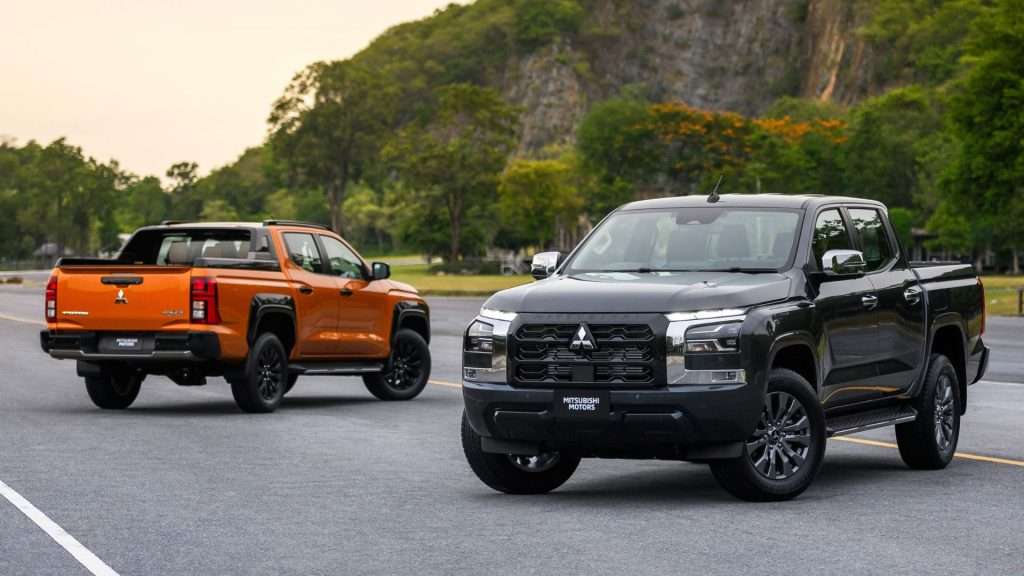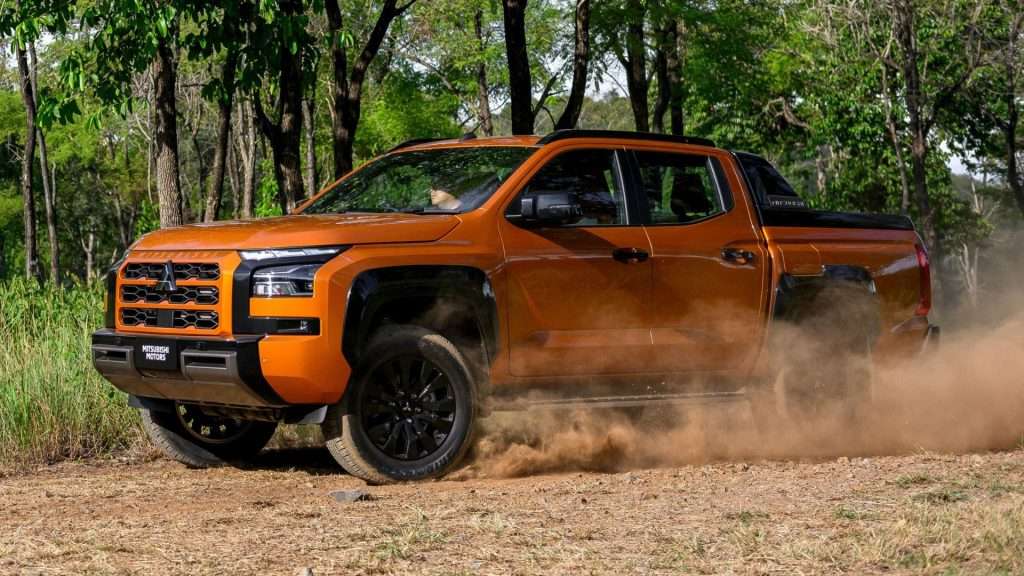Mitsubishi Unveils Sixth-Generation Triton Bakkie
Mitsubishi has recently unveiled its latest model, the sixth-generation Mitsubishi Triton, which will compete with popular bakkies like the Toyota Hilux, Ford Ranger, Isuzu D-Max, and Mazda BT-50. The debut event took place in Bangkok, Thailand, on the 26th of July and the vehicle is expected to hit the Australian markets in late 2023 or early 2024. We don’t know when to expect it in SA just yet.

Power-Packed Engine Options
Replacing the previous model from 2015, the new Triton will be available globally in three different body styles: single-cab, club-cab, and double-cab. The entire range will feature a newly developed 2.4-liter four-cylinder turbo-diesel engine with three different power options.
The available power options are 110kW/330Nm, 135kW/430Nm, and a high-output 150kW/470Nm tune, which utilizes a bi-turbo sequential layout. The 150kW/470Nm version could potentially bring the Triton closer to the power figures of the HiLux and Ranger Bi-Turbo, both having around 150kW and 500Nm.
Transmission Choices and Four-Wheel Drive Capabilities
The new Triton will offer a choice between a six-speed manual and a six-speed automatic transmission. The automatic transmission will retain the ‘Sports’ mode from the outgoing model. Depending on the engine tune, the vehicle can either send power to the rear wheels only or through Mitsubishi’s Easy Select 4WD-II system with different modes like 2H (rear-wheel drive), 4H (full-time four-wheel), 4HLc (locked centre differential), and 4LLc (locked centre differential with low range).
Mitsubishi has made notable improvements to the Triton’s performance and ride comfort by introducing active yaw control and an active limited-slip differential. The new ladder-frame chassis promises better road performance, ride comfort, robustness, and durability compared to the previous model, thanks to a 65% greater cross-sectional area and increased use of high-tensile steel to minimize weight.
Redesigned Exterior an Interior Overhaul
Regarding design, the new Triton features a beefed-up appearance with the company’s Dynamic Shield grille, split headlight setup, and T-shaped lighting signature for the tail lights. Inside, the cabin has undergone a significant overhaul, with a horizontally themed design, geometric shapes, and metallic highlights. The safety features include autonomous emergency braking, blind-spot monitoring, rear cross-traffic alert, lane-keeping assist, and adaptive cruise control.
Mitsubishi’s Leadership in Alliance Development
Mitsubishi leads the development of the new Triton as part of the Renault-Nissan-Mitsubishi Alliance’s leader-follower model. The upcoming Nissan Navara is expected to share the same underpinnings but with distinct styling.
